This exhibition is the result of two years research about gender-based violence and how designers can utilize technology to better engage the audience and become invested in the cause. I designed my exhibition and the narrative of my work according to the Audience Receptivity Gradient, ranging from accepting ideas to becoming an advocate for the cause. I have created interactive artworks that incorporate various forms of technology and visual design to raise awareness for promoting healthy masculinity and everyone with any level of knowledge about this issue. I have designed messages using new media and spatial techniques, merging technology with traditional design to transform my artwork while conveying the content to my audience more effectively.
In my exhibition, I constructed a site for the physical experiences of my audience, creating a dynamic that is no longer static but activated by their movement. Through my efforts, I want to educate men by using artworks that attract their attention and engage with their presence in space, informing them about their physical and mental roles in the issue and how they can become positive agents.
I make work to be more than an aesthetic object on a wall; they are a place for experiences and interactions through visual art. Through interactive design, I pair various digital technologies with contemporary design, reaching out to audiences through sensors, augmented reality, and QR codes that actively engage and promote participation in my work. With interaction and experience design, we can shape the relationship they build with others and support their engagement with the culture and physical environment.
Behind The Wall of Silence
We are physical beings who engage the world with multiple senses; the designed experience of artwork should activate as many of our senses as possible to achieve the most memorable experience. When encountering an artwork, we note that it can occupy space, move, make sound, produce light, or change over time. Physical experiences embody the audience's familiarity with the world, engaging on a visceral level, creating connections that transcend a static moment, and leave lasting connections with the viewers.
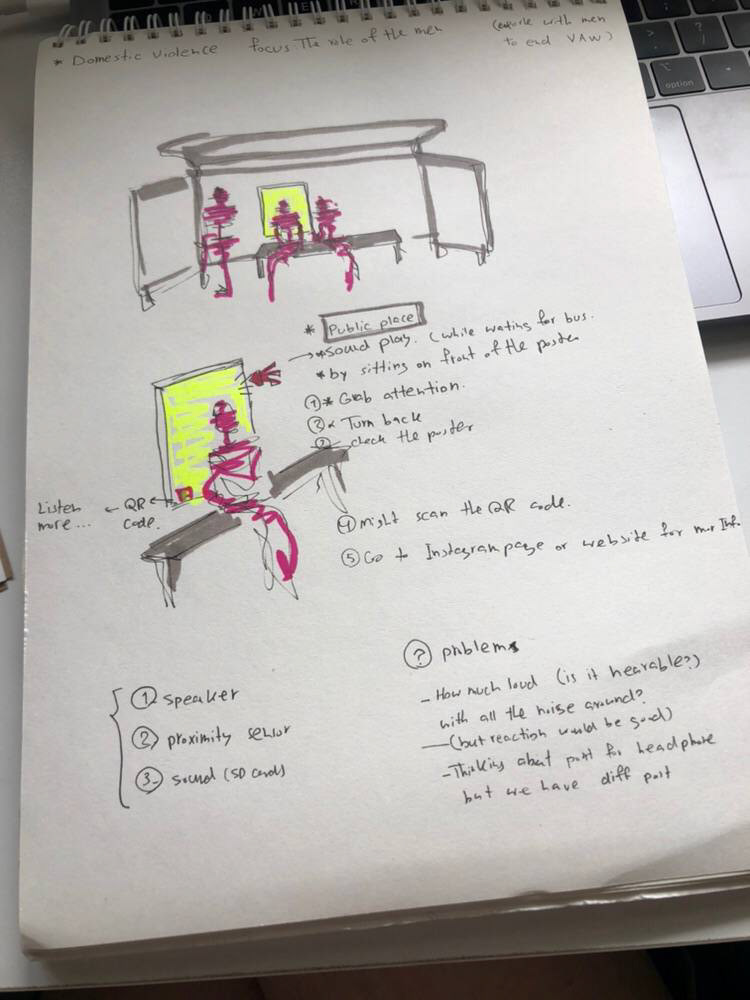
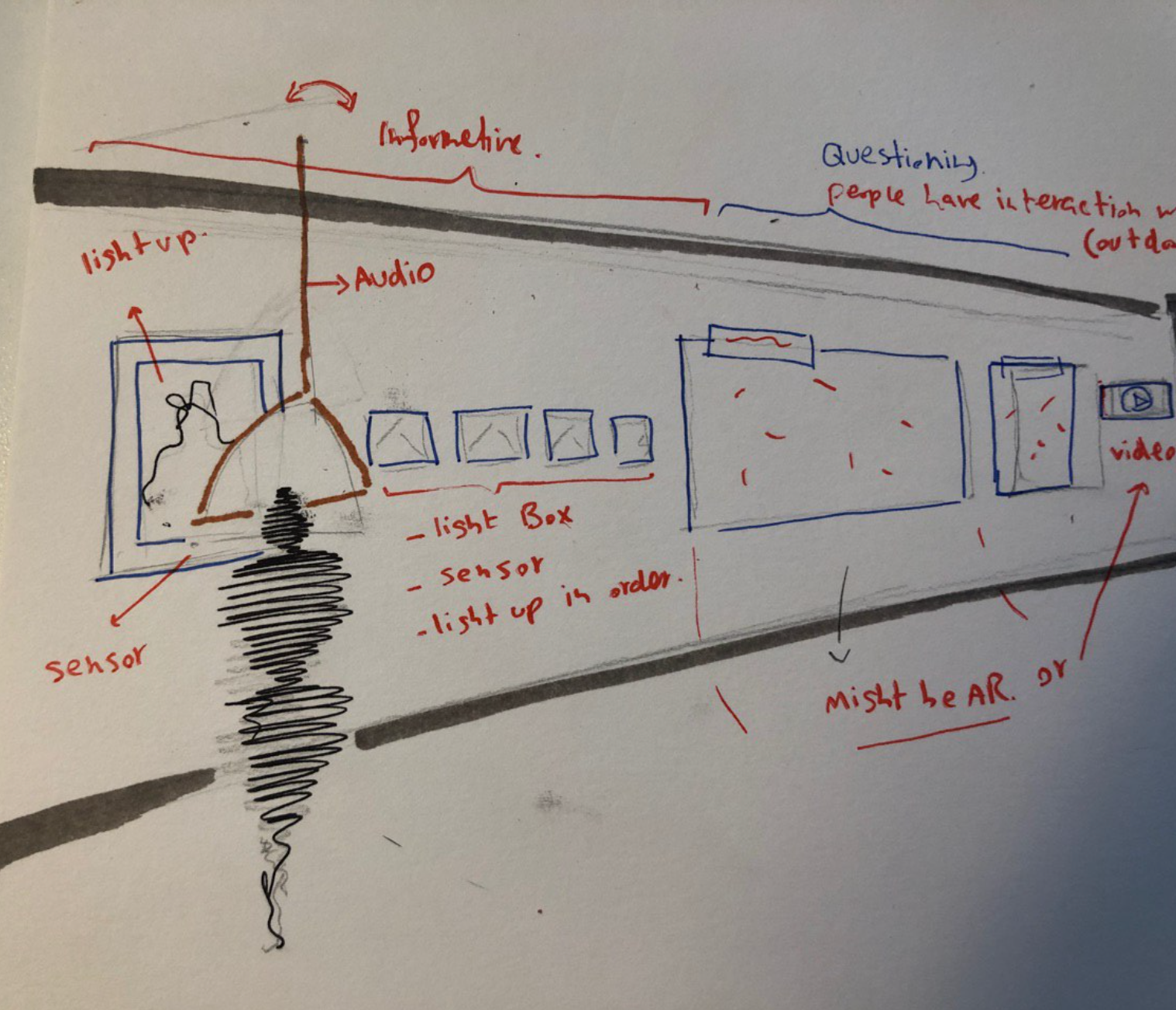
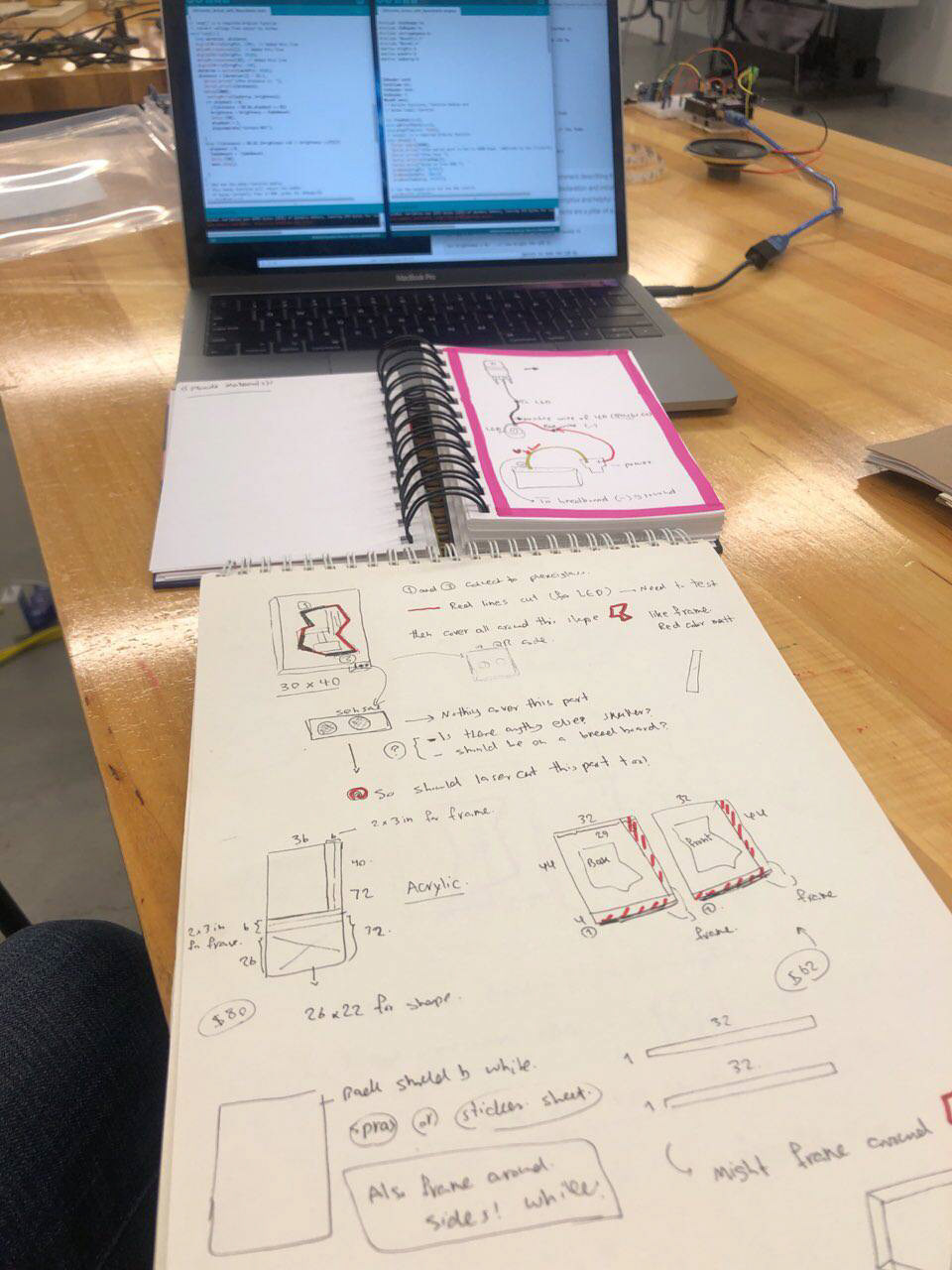
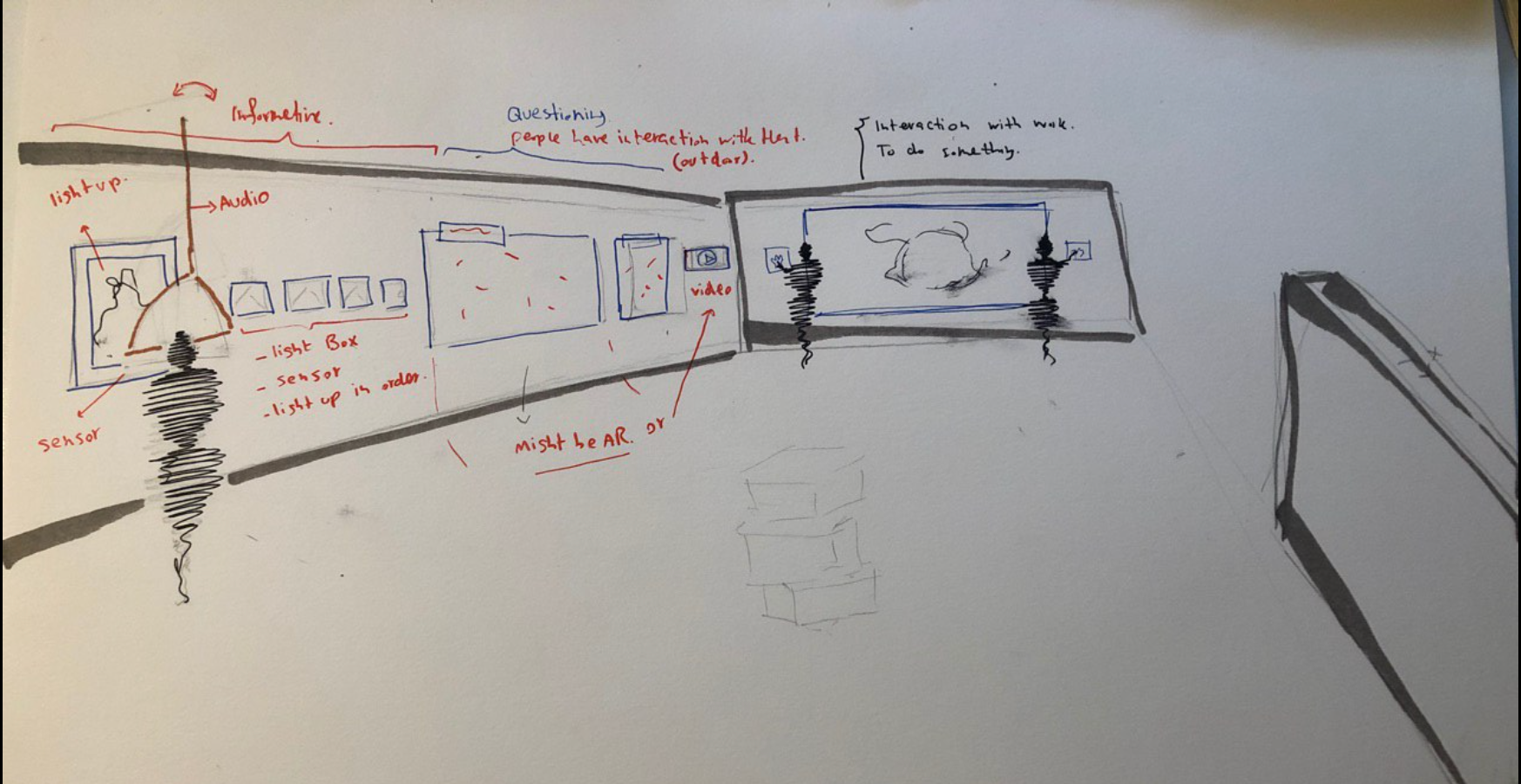
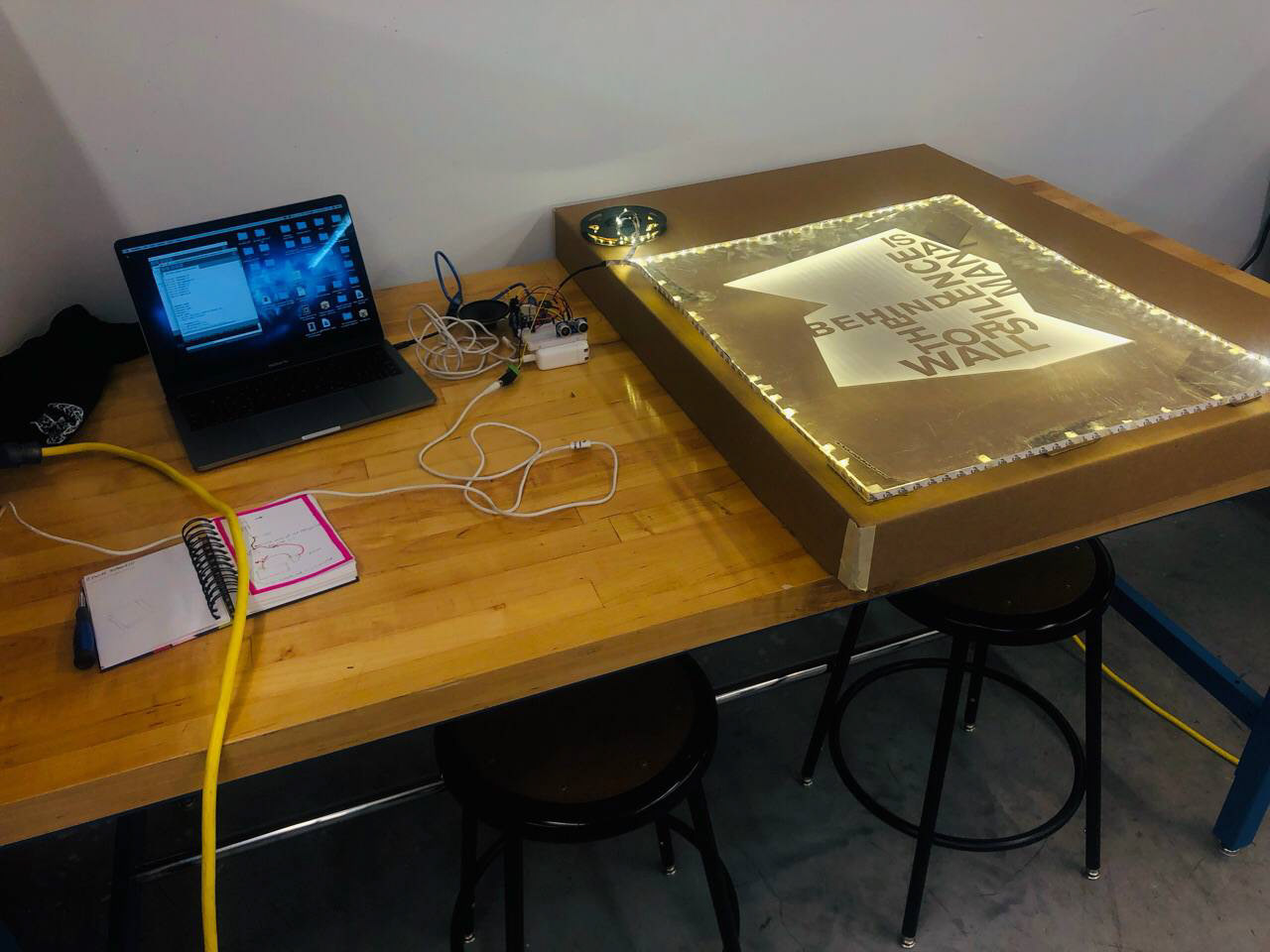
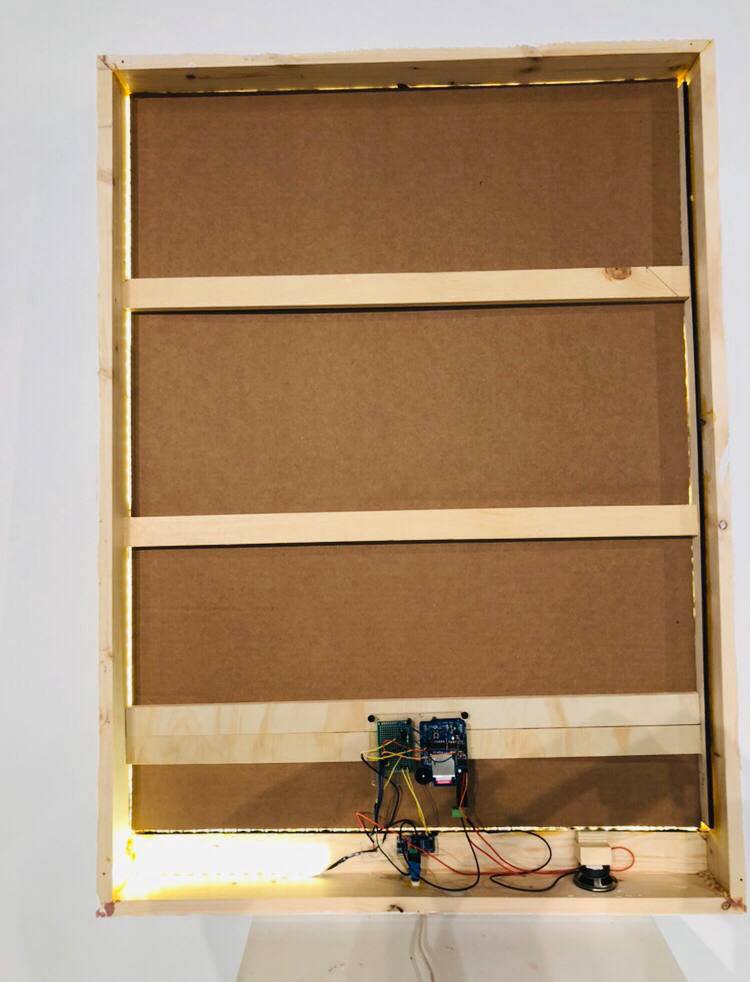
This work is activated by the viewer's distance to the piece and engages the sense of hearing; when the viewer moves toward the front of the work, a proximity sensor will recognize their body and transform the experience. The interaction begins by lighting up the frosted message on the plexiglass and playing an audio clip recounting a story about men's violence. As you listen to the audio, you can imagine yourself like the voice in the story, observing the woman behind the glass and thinking about your role in that situation. I want men to know how vital their reaction to violence against women and girls is. I want them to change their position from just a passive bystander to be an advocate. By giving them, this encounter through the artwork first, my goal is to prime them to respond if need be in a later situation.
What Does It Mean to Be a Man?
The power of a physical experience lies in its ability to create community through their shared experiences instantaneously when people participate in a physical experience; they have a direct influence on the perception of the audience. The most effective way to encourage engagement is to provide a space for sharing and showing other people participating in it. When someone starts to write on a blackboard, the other members of the audience feel compelled to act.
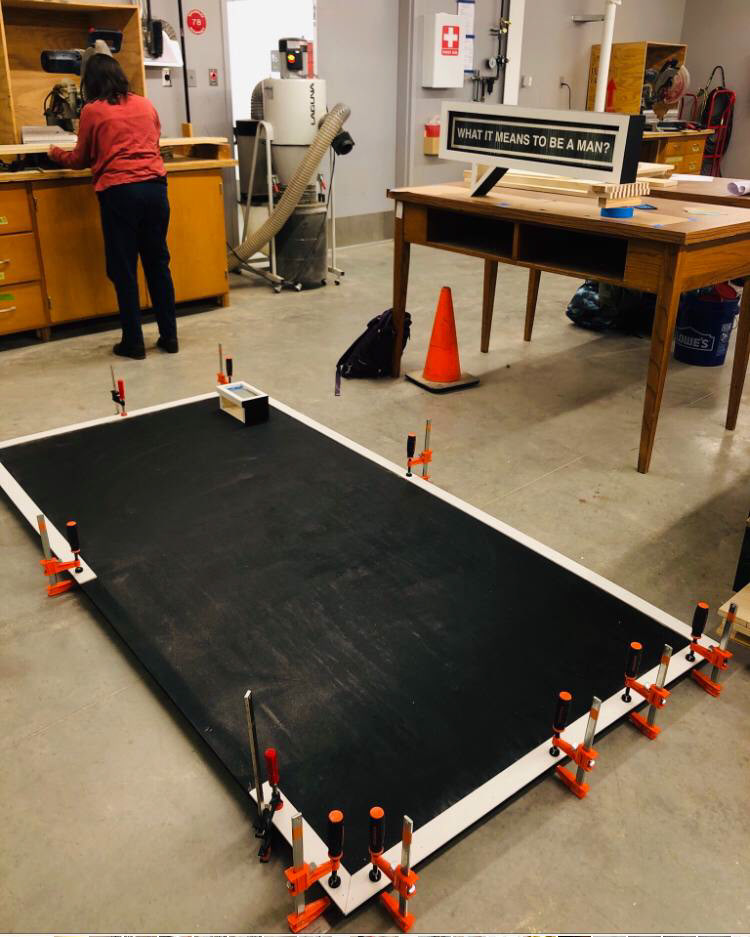
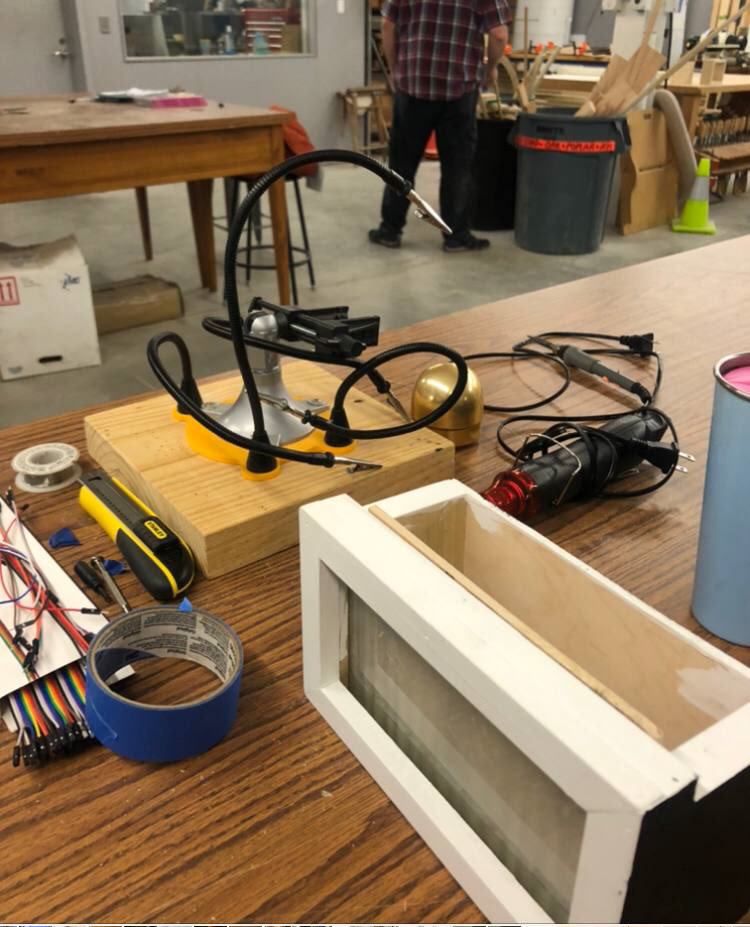
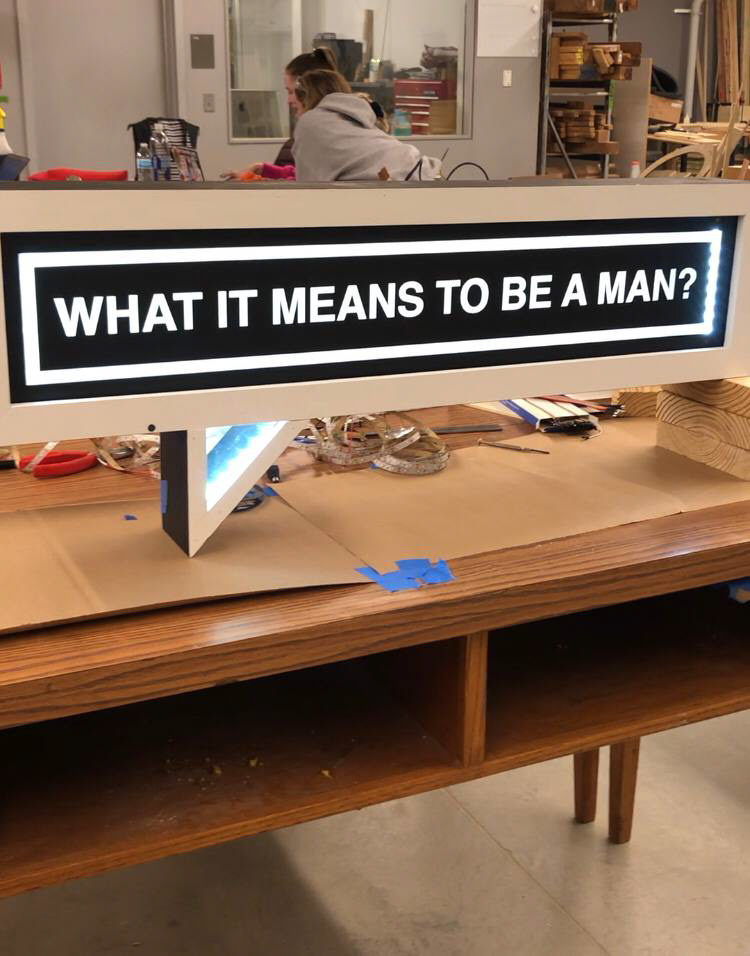
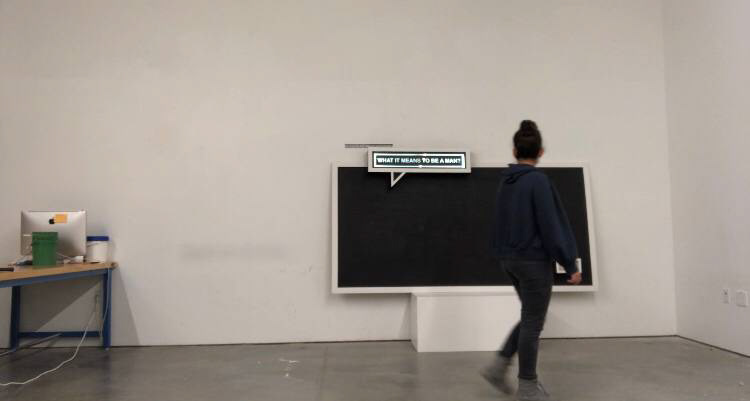
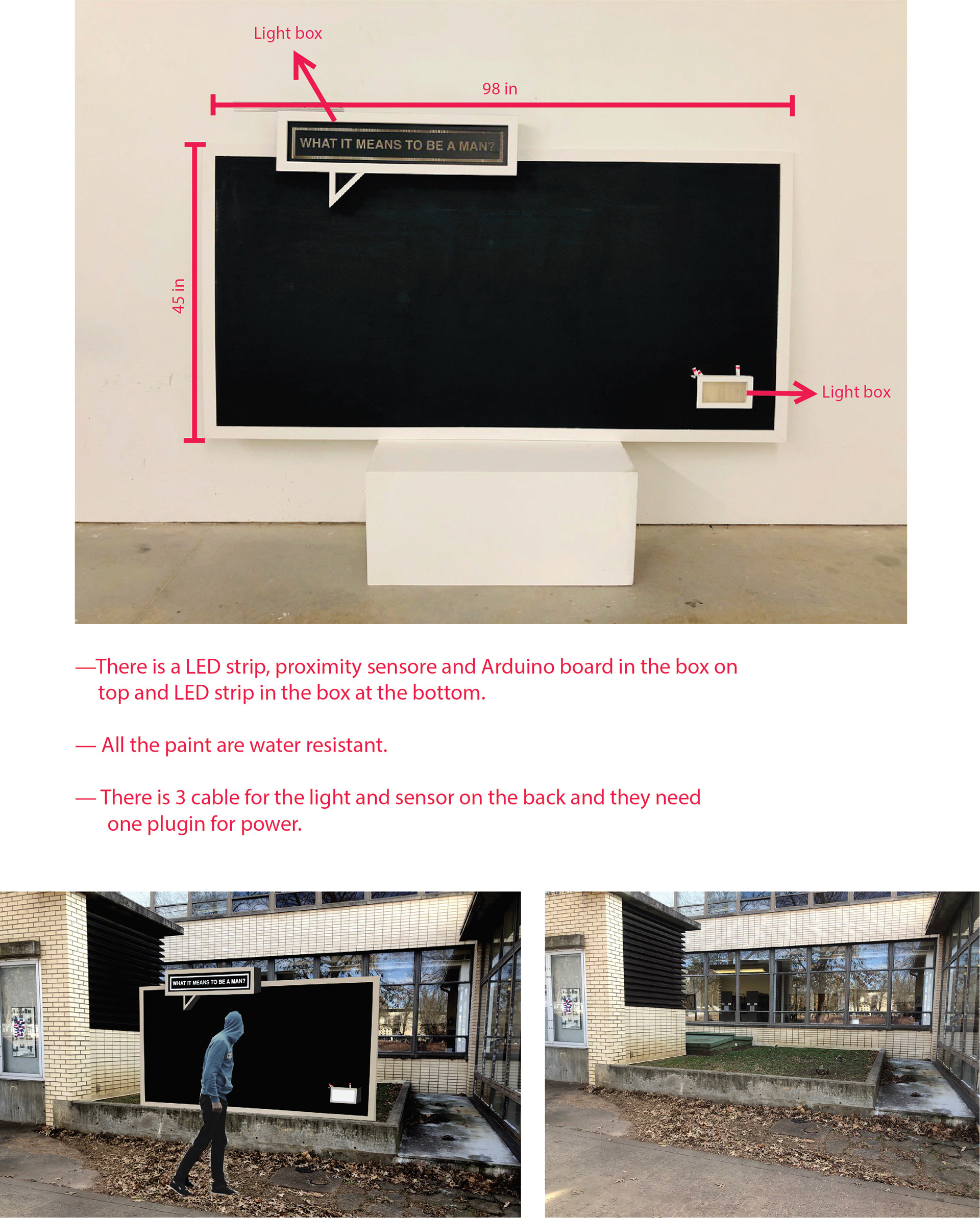
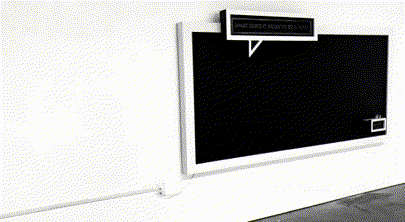
This interactive blackboard asks people a question by lighting up a series of prompts for the viewers; when you first walk by the blackboard, a proximity sensor will recognize your body and start to light up the question in a box on the top left of the board. After a few seconds of thinking about the first sentence, the box on the bottom left will light up and direct you to the "Tell Us" box full of markers so you can complete your answer to the question by writing on the blackboard. This blackboard guides the viewer through the conversation to participate and share with others.
Change
This work is about toxic phrases said to men and boys that promote toxic behavior. My work makes use of the audience’s physical motion to deliver a message focused on accurate and positive education. The site of the artwork is designed to show them what occurs from becoming involved. In the lenticular posters, the message is at first muddled and unclear; by shifting their position back and forth, they can see the delivery of both stances while solving a visual puzzle. The duration of the piece shows how their actions are rooted in their alignment with either toxic or positive language, developing positive emotional responses that are respectful to women.
“Man Up”, “Show all your feelings”
Boys are often made to feel shame for expressing their emotions, inferred almost to the point of not having the capacity for feelings, let alone voicing them aloud. Even mothers can fall into the trap of telling their sons to “man up” and keep their emotions under wraps. “When we tell our sons they’re too sensitive; we not only invalidate their feelings; we teach them to suppress and neglect their emotional needs altogether, which can have a detrimental effect on males across their lifetime.”
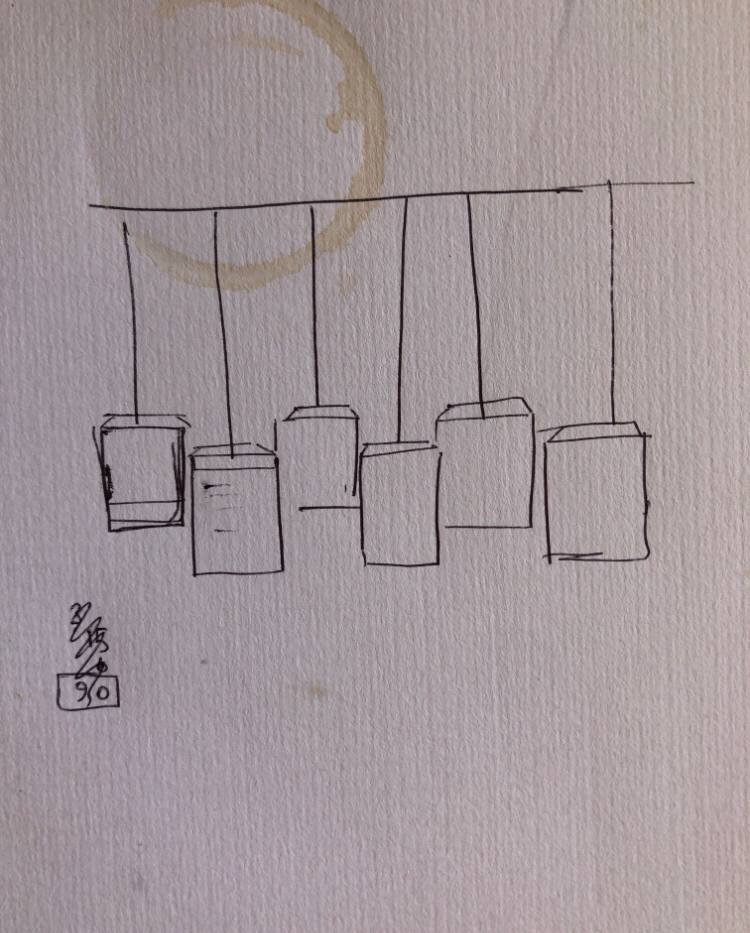
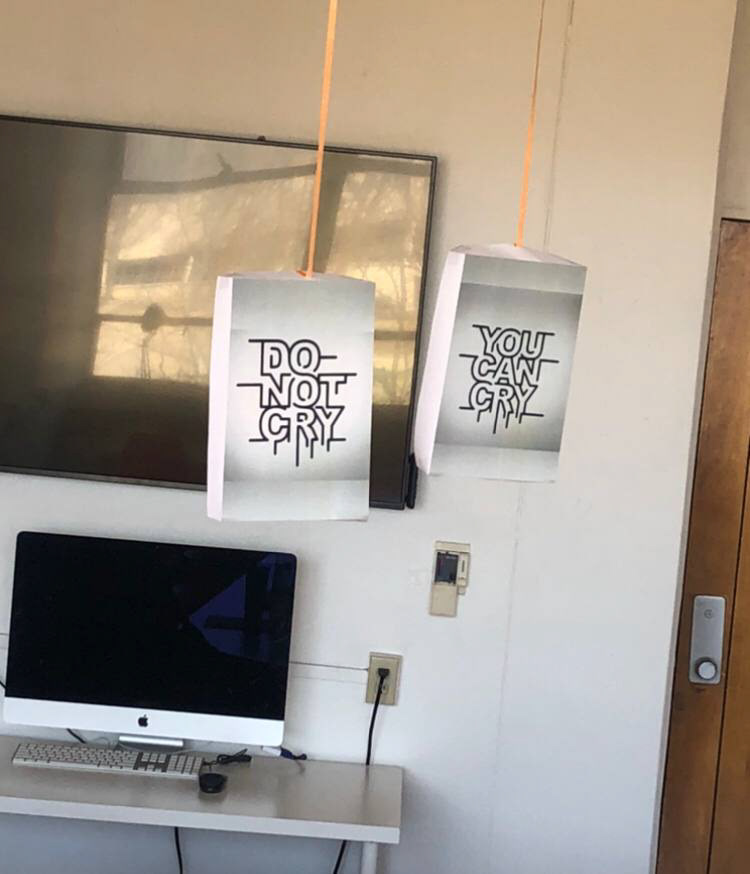

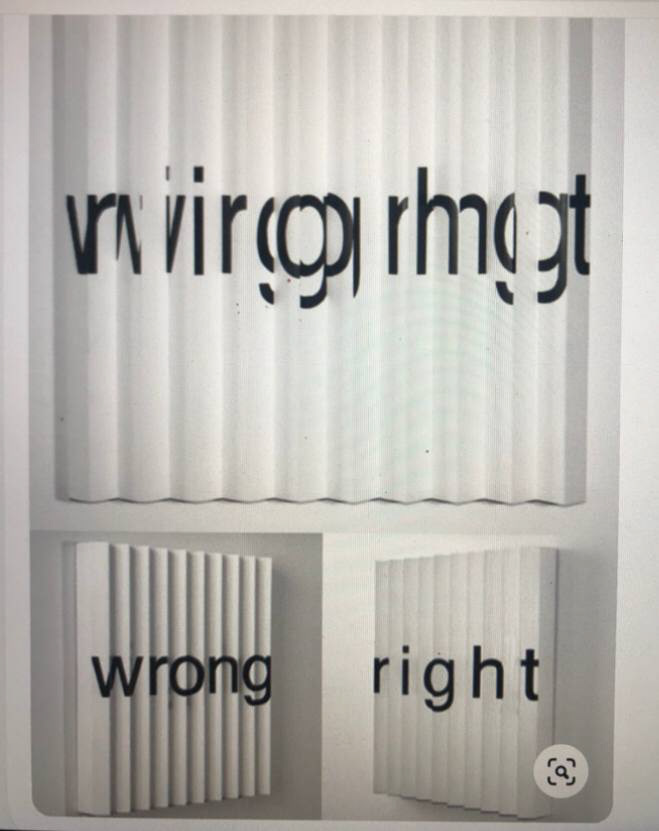
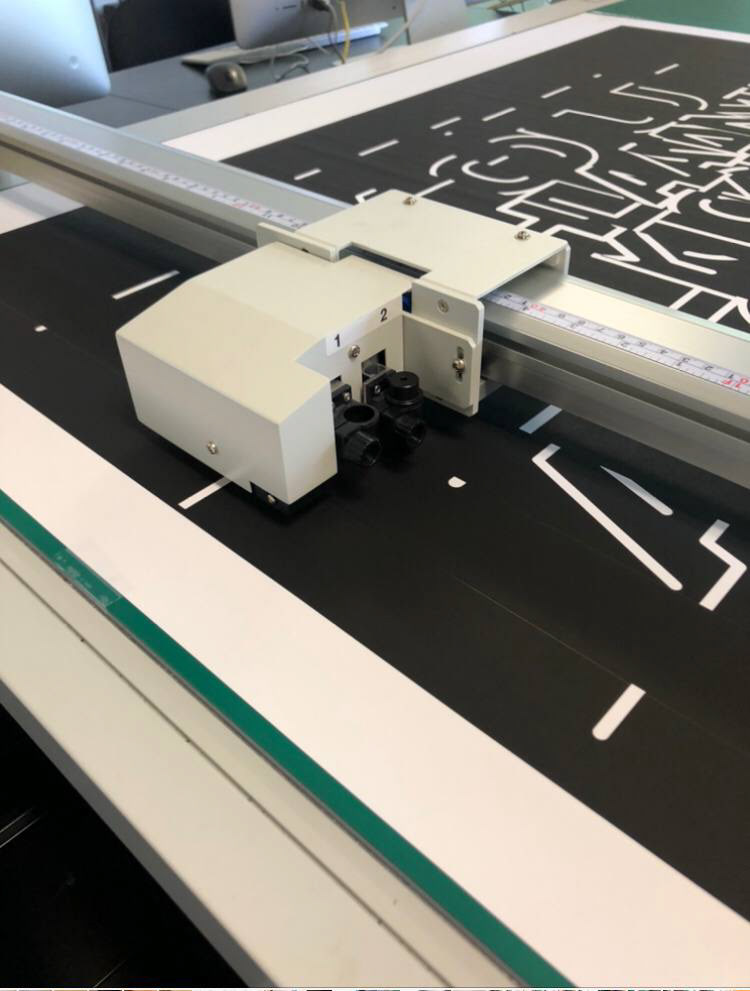
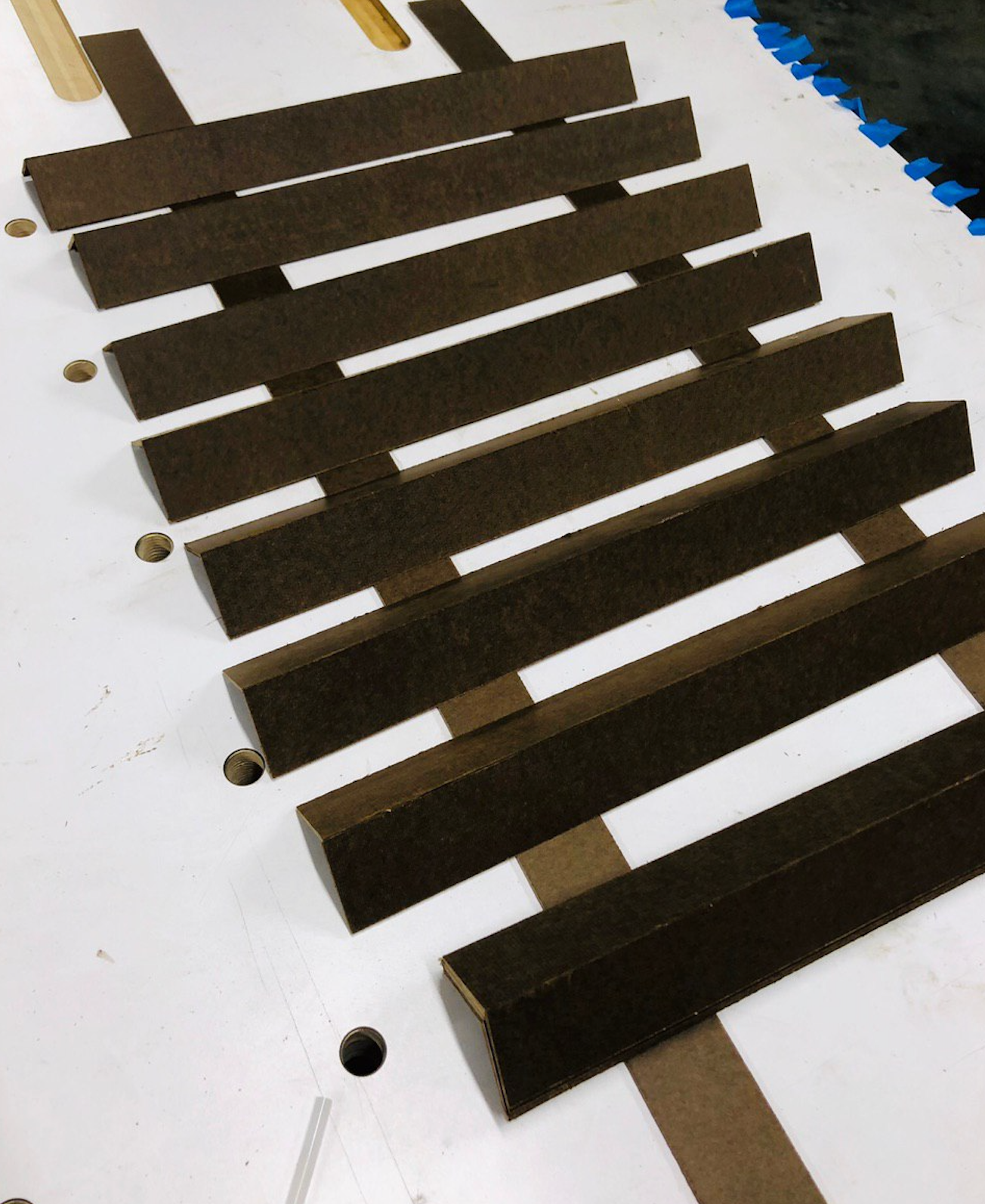
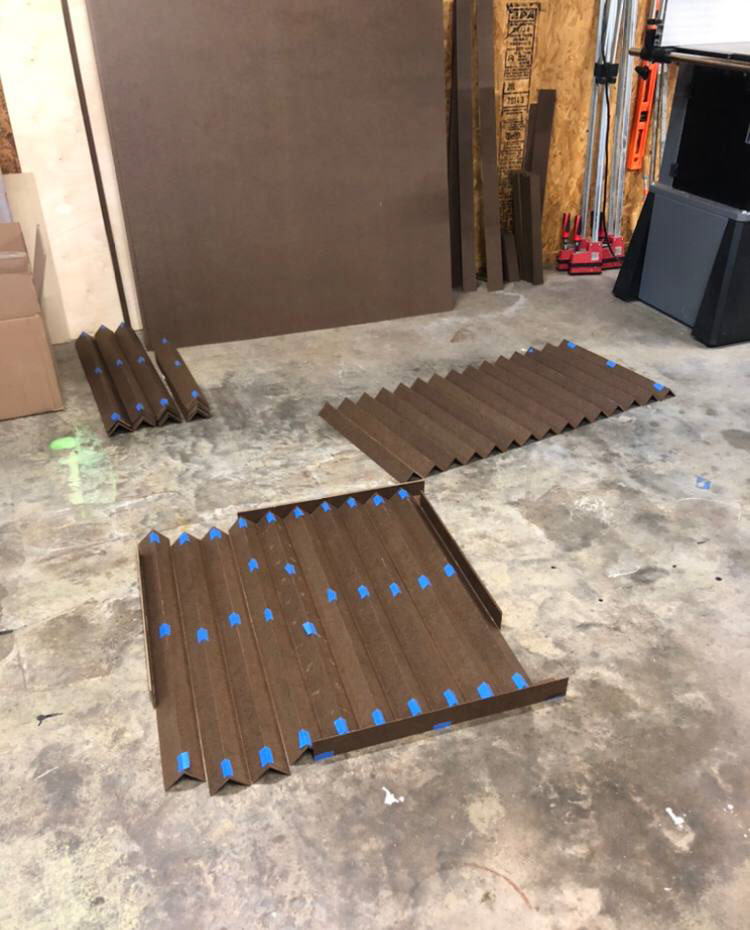
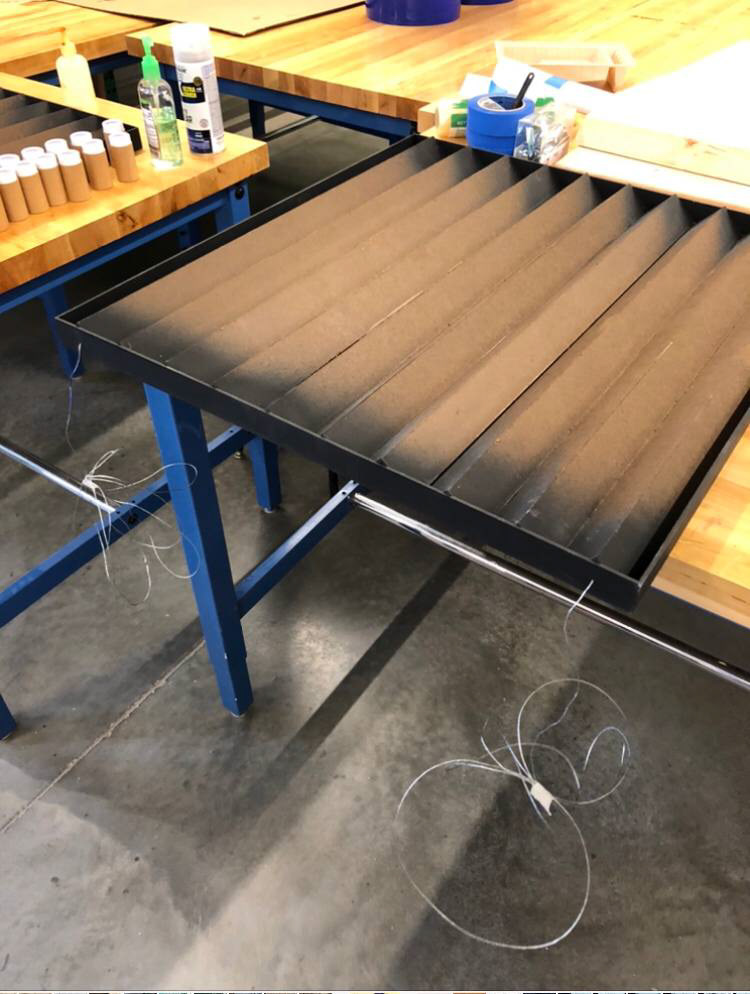
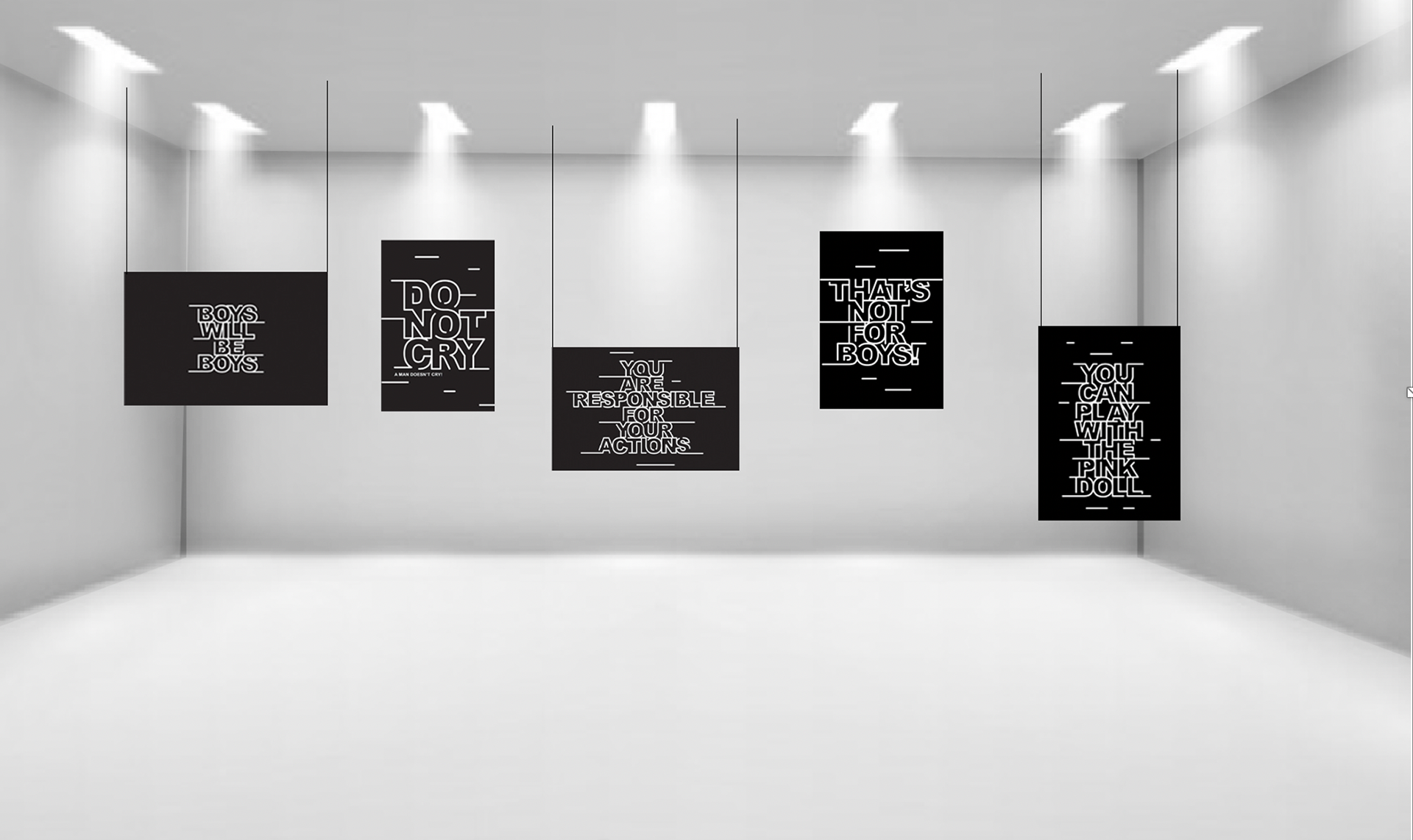
I'm Part of The Solution
All audiences provide something to an experience, even something as simple as their attention, I feel they should be rewarded through the experience by giving something back in return. This return can take many forms, from material takeaways to beautiful animations. In-kind, they can feel there is something to learn, discover, interpret, and reinterpret through an experience of engaging artworks. With my piece “I’m part of the solution,” I reward their curiosity with a small gift in the colorful tubes. It subtly places information for the next step in their hand by thanking them for the act of viewing and participating.
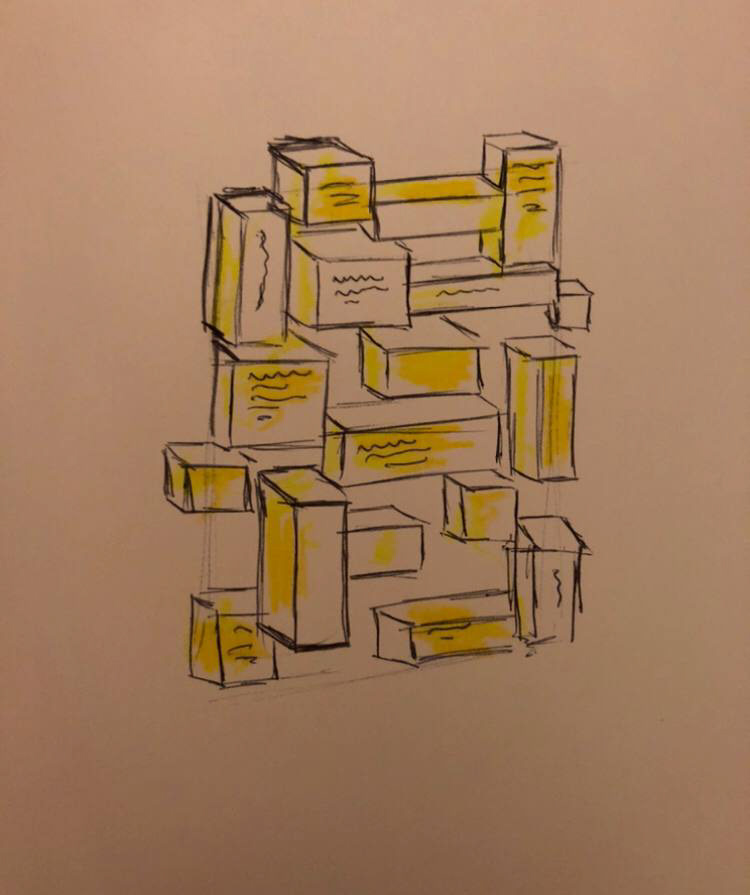
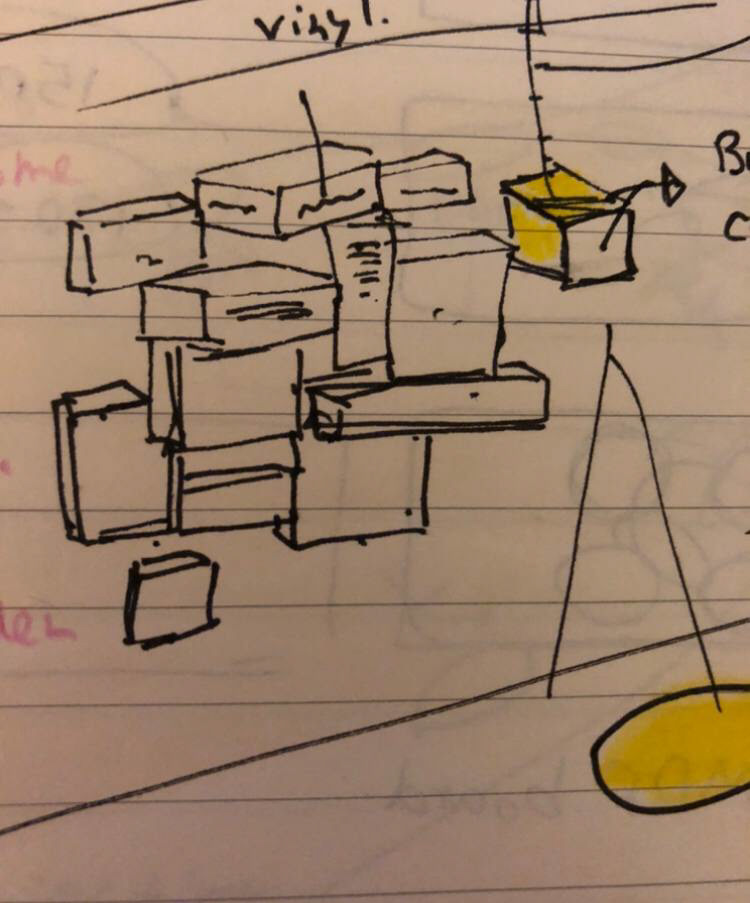
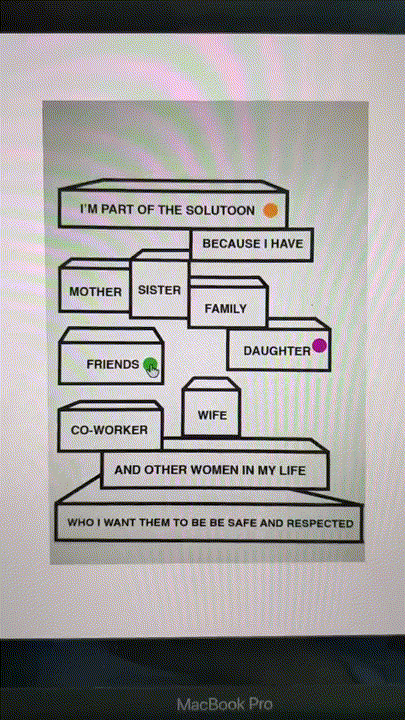
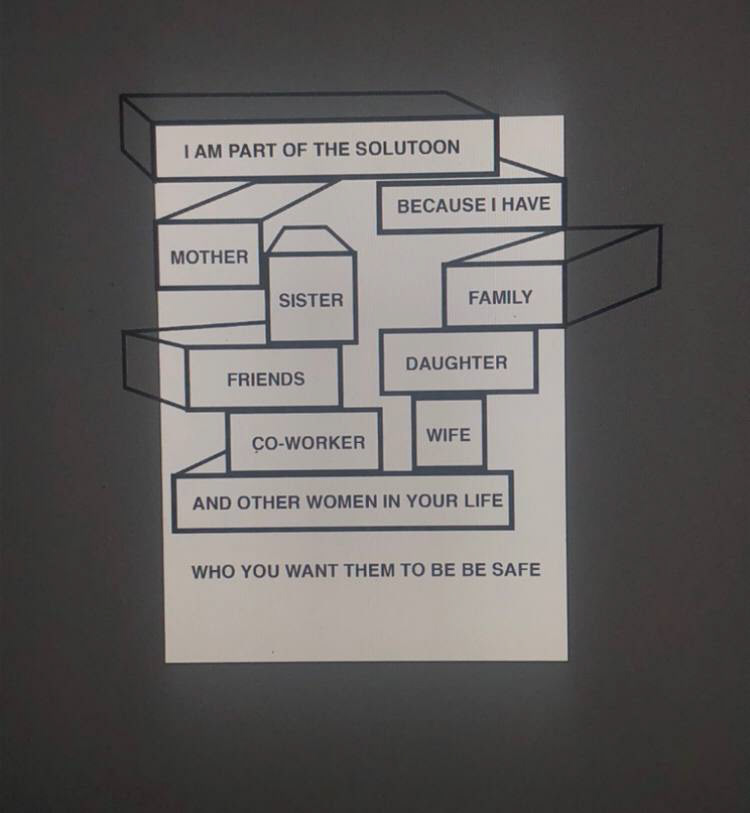
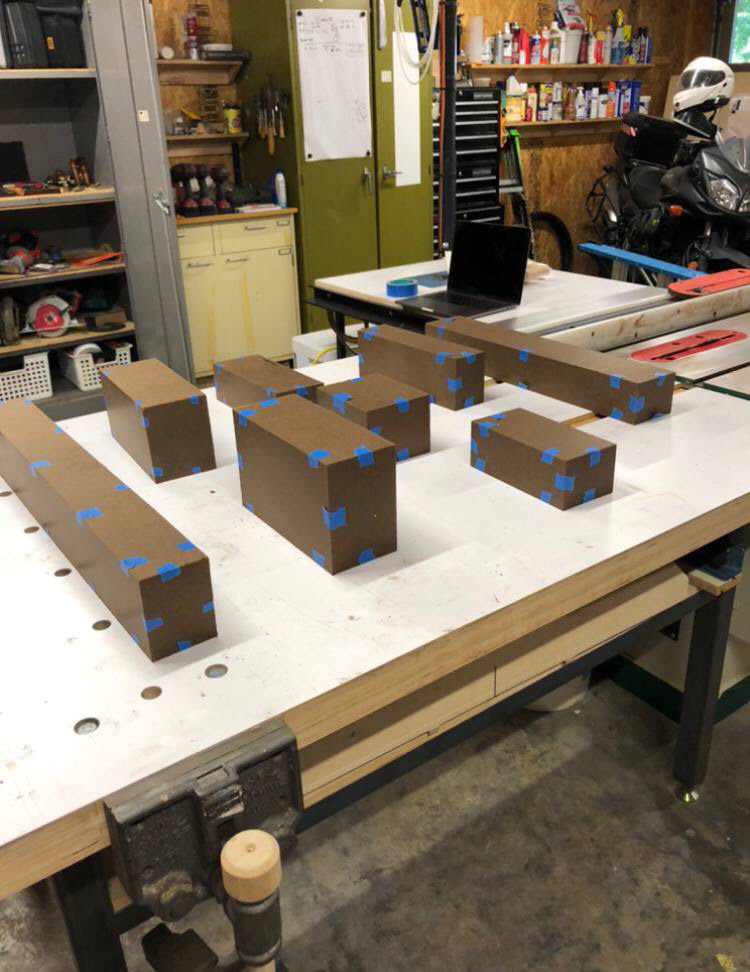
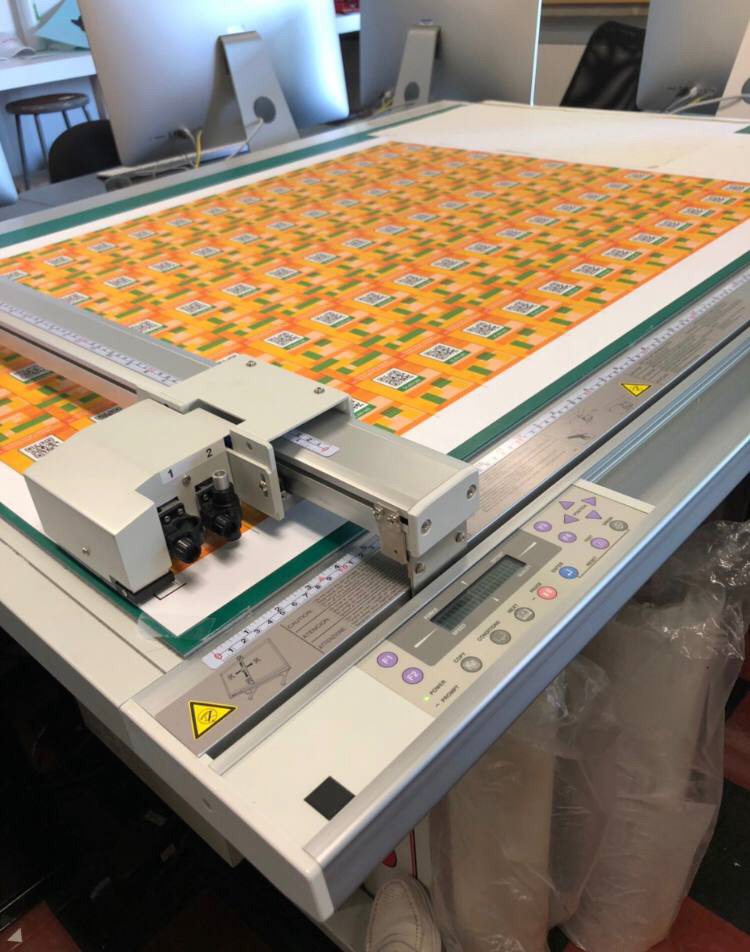
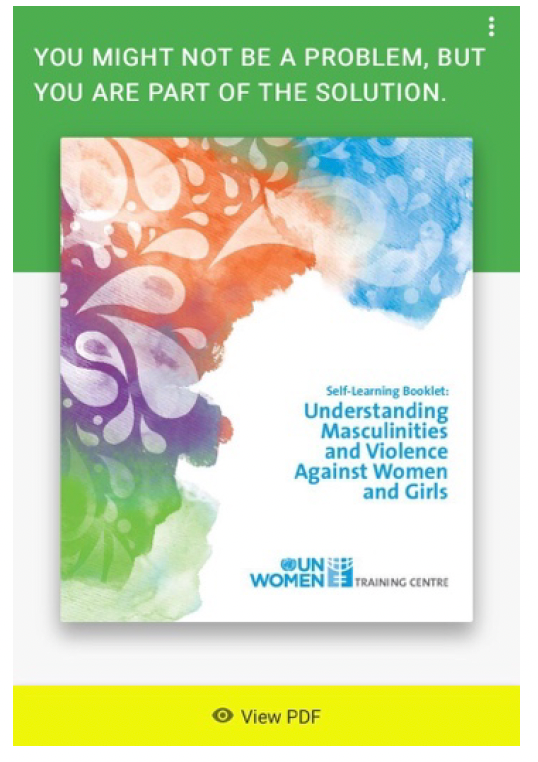
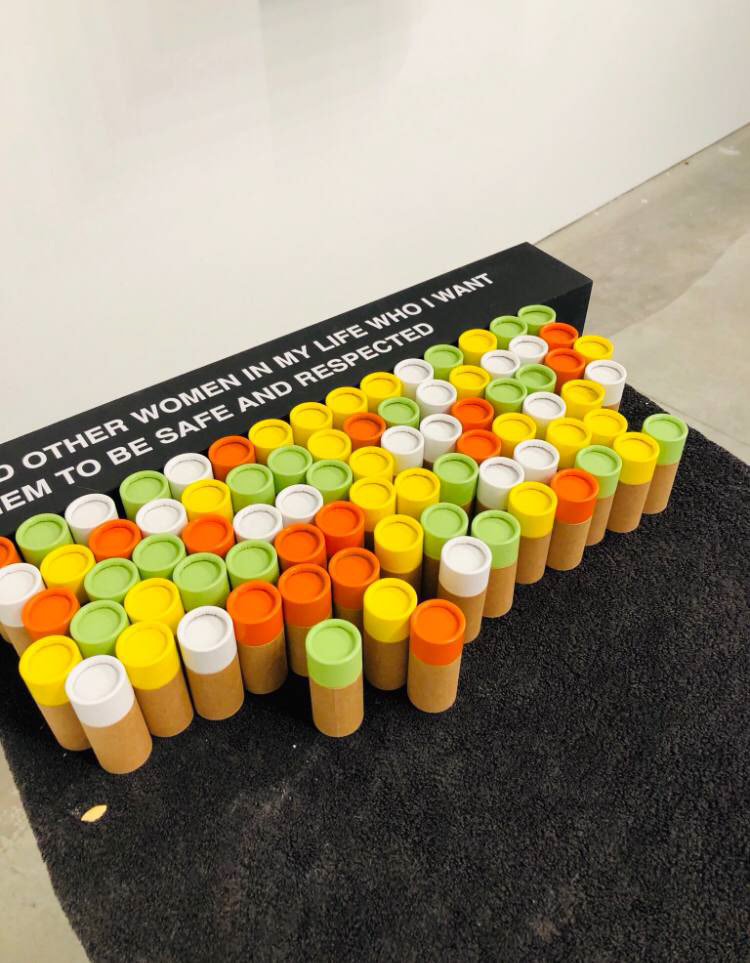
I see my work as multimedia projects that engage people to participate in campaigns by integrating design as a tool for solving complex problems. I continually search for compelling ways to deliver the message; good design harnesses interaction with relevant information. Going forward, my work will continue to explore embedding technology, new media, and behavioral design to create effective campaigns.
Fine Arts Gallery, University of Arkansas, 2021.
